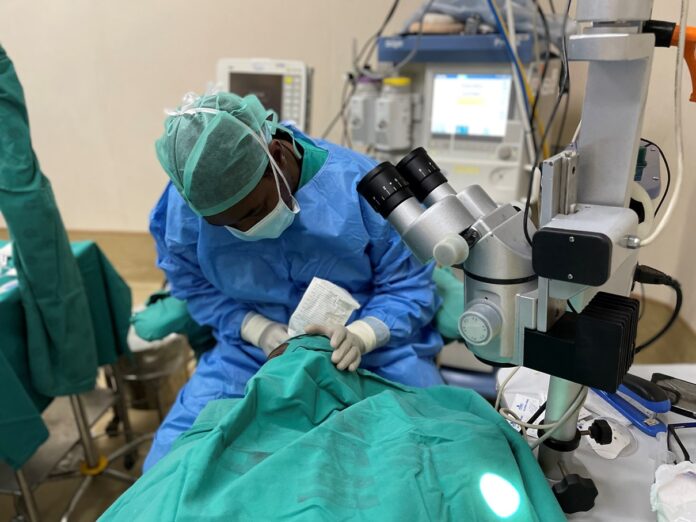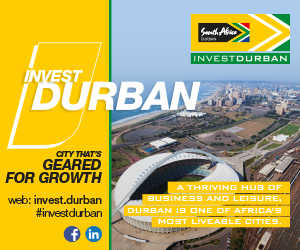Eye Care Awareness Month is commemorated from 21 September to 18 October to raise awareness about the importance of eye health, specifically around the prevention and treatment of avoidable blindness.
50% of blindness is estimated to be caused by cataract, affecting an estimated 170,000 people in South Africa. Cataract is known as the clouding of the normally clear lens of the eye and forms when protein builds up in the lens of one’s eye and makes it cloudy. This keeps light from passing through clearly and can cause the affected party to lose some of their eyesight, thus negatively affecting their quality of life.
“We weren’t aware of just how prevalent the issue of blindness caused by cataract in our communities was, but once we had sight of the numbers, it became incredibly important for us to get involved and help out,” said Glencore’s Community Development Specialist, Mapule Mokoena.
According to the South African National Council for the Blind (SANCB), the Nkangala district in Mpumalanga has a high prevalence of cataracts and very few eye care activities due to inadequate resources in the district. This means that close to 6000 people have avoidable blindness in these communities as caused by cataract.
This was the unfortunate case for self-employed Carpenter, Gideon Mola before he received the much needed surgery through Glencore’s support.
“My vision has always been misty to the point where I couldn’t even see properly at school. The last time I had my eyes tested was three years ago and my eyes had gotten much worse at that point. Life was getting more difficult as I couldn’t work productively and this was affecting my ability to making a living. Now that I have had the surgery, I am confident that my life will improve significantly. I’m excited to look at the world with fresh new eyes.” he said.
To better understand just how much support was needed, Glencore partnered with the SANCB to identify community members in need of the surgery. The two companies commenced a Witbank Hospital tour where more than 30 patients were screened and 22 underwent cataract surgery with the help of the hospital surgeons, Dr Mthethwa and Dr Sebogodi.
“What has been done through this incredible partnership has enabled us to slowly change the statistics of people needing cataract operations in the district. This means providing direct eye care service to our community members who do not have access to eye care services. We are happy to have played our part in reducing the prevalence of avoidable blindness in our communities.,” said Glencore’s Community Development Specialist, Mapule Mokoena.
Through the partnership, the mining operation aims to provide comprehensive eye care to community members as this is an essential part of the global action plan which is to meet the eye care needs of marginalized communities in the country.
“The success of such a project is based on the partnerships that the South African National Council for the Blind has, as no organisation can successfully implement the programme on its own. This is also why we partnered with Glencore Coal. When we first approached Glencore, they were eager to jump on board based on their commitment to improving the lives of their communities. Their response gave us the encouragement we needed as we also want to improve people’s quality of life” said SANCB Manager, Angelina Khupe.
You may suffer from cataract if you note these signs and symptoms; clouded, blurred or dim vision, increasing difficulty with vision at night, sensitivity to light and glare, need for brighter light for reading and other activities, seeing “halos” around lights to name but a few.








